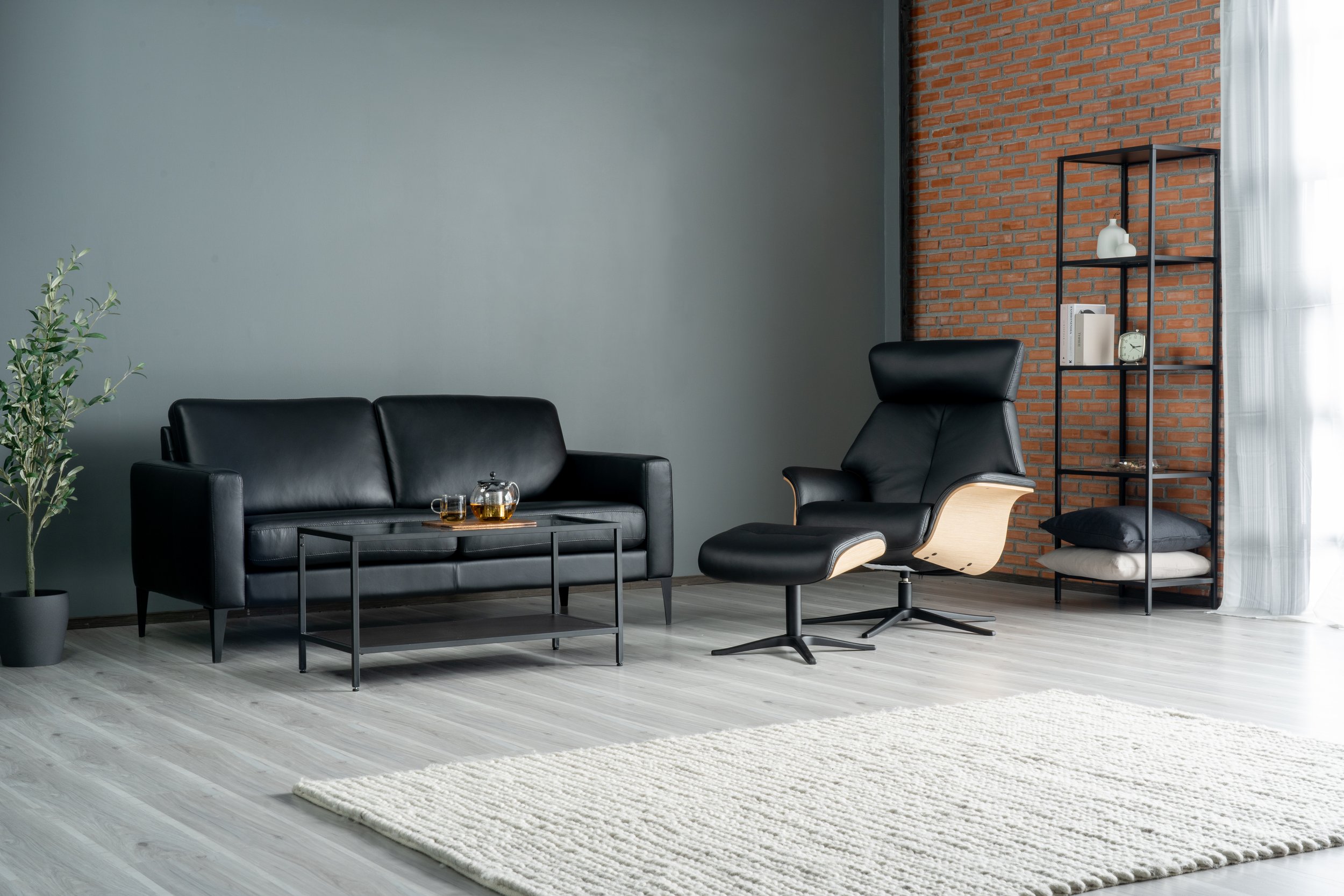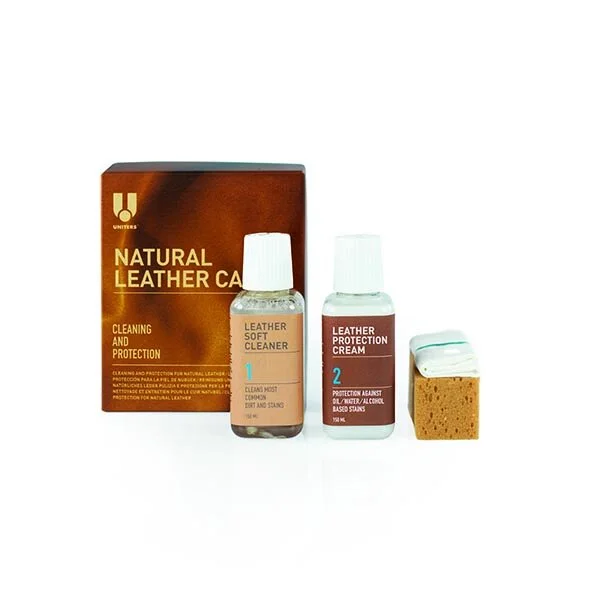Caring for your leather sofa
Leather is one of the more durable, low-maintenance natural materials for home furnishings. The timeless appeal and durable character of high-quality leather is a unique sensory experience that is tactile, visual, and olfactory. When properly cared for, leather is an investment that will maintain its beauty and usefulness and provide enjoyment for many years.
And best of all, keeping your leather furnishings cared for is relatively simple if you follow the correct steps.
Identify Your Leather Type for Specific Care
So, the first step in caring for leather is to know what type of leather you have purchased or are looking to purchase. How you maintain pigmented, semi-aniline or aniline-finished leather will vary between the finish types. If you are unsure what leather finish type you have purchased or are looking to buy, check with your retail leather specialist.
Some General Leather Cleaning Tips
When it comes to cleaning leather upholstery, keep it simple and avoid using DIY remedies. It may come as a shock, but there are many stories of leather furniture harmed by everything from hair-care products to Pine-Sol.
“The most important thing is to stay away from applying anything that is not endorsed by the tanneries” leather tech, Shannon Sellers, says.
Keep in mind that warranties can be voided if the wrong cleaner or conditioner is used on your leather furniture.
Cleaning Aniline, Semi-Aniline, or Fully Pigmented Leather
Gently wiping the leather surface with a cloth slightly dampened is the gentlest method to clean your sofa. Our leather techs advise using either a lightly dampened cloth or a soft brush vacuum attachment to remove all the dirt and surface elements without affecting the leather's PH.
Importantly, be careful not to use cleaning products that can remove the leather’s protective coats and finish. If really needed use only a gentle leather cleaner specific to your leather type, and use it only when needed.
Avoid rubbing deep stains - for cleaning deeper or residual food/wine stains consult a leather cleaning professional
Do
Follow the care instructions that come with your product
Lightly clean regularly with a vacuum cleaner with a soft brush attachment or a soft, slightly damp, white microfiber cloth
Use the recommended cleaner for your specific leather type
Consult a leather cleaning specialist for tough or residual stains
Avoid
Saddle soap, detergents, oils, furniture polishes, beeswax or abrasive materials, and any cleaners with caustic ingredients
No ammonia or alkalines and no alcohol based cleaners as these can damage leather beyond repair
And no home remedies!
If in doubt consult the manufacturer’s care directions that come with your product . Before using any products test them first on a hidden surface.
Conditioning is the Best Care
Leather is a natural, animal skin product and just like caring for our skin, consistent care is key. This may be a need for a little light cleaning or more moisture or a combination of both. Using the recommended leather conditioner for your leather type at least every six to 12 months is highly important. If you are in a drier or more humid climate, you may need to condition it a little more frequently.
We cannot stress enough that using the correct leather conditioner is highly important. This will help your leather piece maintain its own natural oils, keeping it soft and supple for many years.
Protecting your leather furniture also means keeping it away from direct sunlight and heat sources, which can cause drying, cracking, and fading. (Not doing so can also void any leather warranty.)
“Leather breathes and continues to remove moisture from its environment to keep it soft and supple”. Regular leather conditioning will maintain your sofa amid everyday environmental factors, such as wear, air quality, and life in general. Stick to these basics and you will have a leather sofa to love for a long time.





